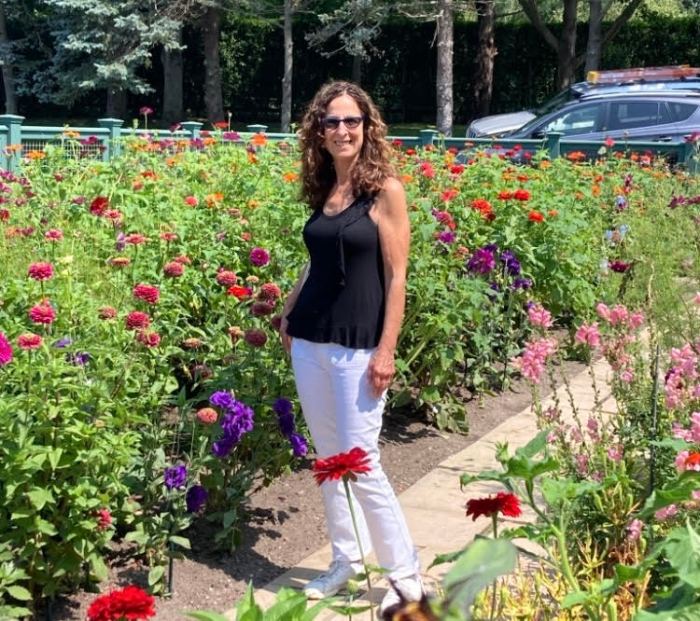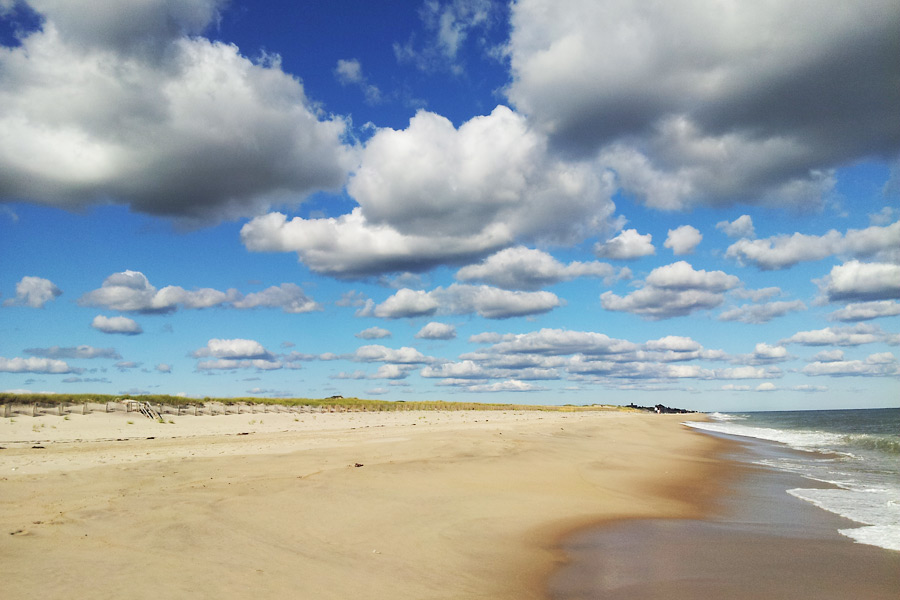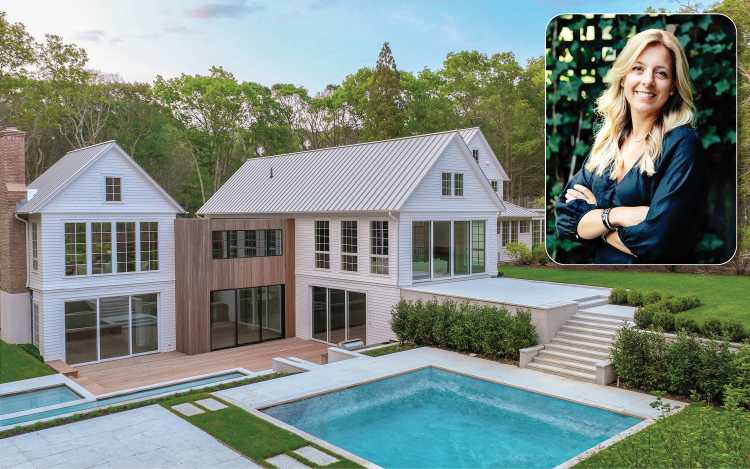The Bloody Hollow Mystery, Part II:
Europeans made homes in the Herricks area 365 years ago. Over that long a period of time, some unpleasant things are bound to happen anywhere. Over the generations, notorious incidents and acts mount up. Herricks was the site of quite a few hangings on and near the grounds of the Queens County Courthouse. William Valentine was murdered in his barn during a 1785 robbery attempt, and his killer was never found. But while these and other bloody events occurred near the little valley on the south side of the High School, they didn’t happen in it. There is also strong evidence that the name “Bloody Hollow” was not in common use until the 20th century. So why did it get that colorful name?
Was it actually an ironic nickname, perhaps referring to the most innocent of activities? For 20 years, and maybe longer, right up until the construction started on the high school in 1957, there was another local landmark at the top of that hollow. Someone had constructed a large rope swing, hanging from one of the large trees (approximately where the school gymnasiums stand today). It was high off the ground, so that children mounted it by ladder or by shoulder. The swing was well-known as a source of broken limbs and other injuries. Was this why it was a “bloody” hollow?
That sounds like a stretch. It was likely some local event still unfound or unreported that inspired the name.
Or, just maybe, was it a case of mistaken identity?
There are references to a Bloody Hollow in the compiled and published records of colonial Hempstead Town, but they refer to a different place. Bloody Hollow was down toward the end of the “New bridge road” (still there as Route 106) along the edge of the Great Plain, near the large pond which still exists today. Why it was called that is another story completely.
In 1691, Dr. John Stewart requested a grant of land from Hempstead townsmen of “18 or 20 acres of land that is tillable, a little east of the Pine Poynt, near the Plain Edge. It is near that hollow, called the Bloody Hollow…” He promised that he would “follow the trade of a cooper,” meaning someone who made barrels and tubs, and “to practice the art of surgery.” These were two useful professions and over 80 other residents of the town endorsed his proposal.
Over 150 years later, in 1865, a popular local history book related this anecdote, and it was included in Henry Scudder’s widely reported address at the Glen Cove Centennial celebration in 1868 (the published speech is still available in some libraries and downloadable on the Internet). The account resurfaced decades later when old town records were published at the turn of the 20th century, and was repeated several times in daily newspapers. For example, Stewart’s Bloody Hollow request was a central element in a 1917 Brooklyn Eagle feature story about the careful naming of Long Island’s new housing developments.
And at first glance, it could easily look like a reference to Herricks, which was referred to again and again in old records and wills as being “at the edge of the plains.” Other elements may also have caused confusion, such as the reference to Pine Poynt at a time when Smith Pine owned land along both sides of Herricks Road and across from the hollow. Other published records mention land owned near Bloody Hollow by the Willis, Titus and Seaman families, who were strongly associated with the Herricks area in the early 20th century.
Could it really have been that simple? Did the basin of trees and greenery above the schoolhouse come to be called Bloody Hollow through a false assumption? We don’t know, for now.
But out there may still be some residents of pre-war, pre-suburban Herricks who know the specific how, why and when the name Bloody Hollow came and stuck for decades. Here is a chance to set a record straight or to make some cherished or critical event of childhood meaningful for other generations. If you are one of these people, please write to this newspaper and share your knowledge.































